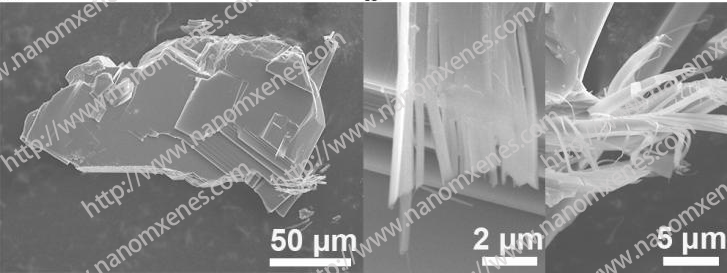product information:
Name: Purple Phosphorus Powder
Form: small flake powder with metallic luster
Purity: >99.998%
Packing: glass bottle protected by inert atmosphere such as argon
Brief introduction of purple phosphorus product:
In recent years, two-dimensional layered black phosphorus has received extensive attention due to its excellent electrical and optical properties. However, black phosphorus is unstable in water and air, which also limits its applications in the fields of optoelectronics and catalysis.
Violet Phosphorus (VP), also as an allotrope of phosphorus, is also a two-dimensional semiconductor material with a layered structure. The three bonds of each phosphorus atom are triangular pyramids, which are stacked to form a tubular chain structure and are arranged in a double layer. , Every two layers are stacked vertically to form a three-dimensional structure, as shown in Figure 1 (monoclinic system, P2/n space group, lattice constant: a = 9.210 Å, b = 9.128 Å, c = 21.893 Å, β = 97.776o). The two layers are connected by van der Waals force, so a few or single layers of purple phosphorus can be obtained by mechanical peeling. Single-layer violet phosphorus is also called violet phosphorene, which is similar to graphene. Theoretical calculations show that violet phosphorene has a high carrier mobility (up to 7000 cm2/Vs, which is equivalent to the theoretical value of black phosphorus), and its band gap has a layer-dependent relationship, from a single layer directly to the band gap (2.54 eV) Indirect band gap (1.7 eV) to bulk material. Theories and calculations show that purple phosphorus is the most stable allotrope of phosphorus and is easily stripped into a single layer.
In short, purple phosphorus combines high carrier mobility and anisotropy, and has the characteristics of wide band gap, stability, and easy peeling. Compared with black phosphorus, purple phosphorus has a broader application prospect in the fields of photonics, electronics and semiconductors. Picture 1-JPG.jpg
Figure 1. The crystal structure of purple phosphorus
As early as 1865, German chemist Hittorf discovered purple phosphorus in molten lead, but due to the preparation technology, it was difficult to prepare purple phosphorus crystals, so the research on purple phosphorus stopped.
The Muke Nano R&D team uses a new type of purple phosphorus synthesis technology to efficiently synthesize high-purity (99.9%) single crystal purple phosphorus products on a large scale. Strict testing confirmed that we have produced high-quality purple phosphorus crystal products.

|
Warm tip: the products supplied by Beijing Beike Xincai Technology Co., Ltd. are only used for scientific research, not for human body |
| Item ID |
CAS |
ID |
Pack |
Parameter |
Stock |
Make up |
Price |
| BK2021112003 |
7723-14-0 |
BK2021112003 |
0.1mg/ml |
10ml |
100 |
|
$650 |

